ECG Blog #370 — A Post-Arrest Tachycardia.
Ken Grauer, MD
MARCH 23, 2023
The 12-lead ECG and long lead II rhythm strip shown in Figure-1 — was obtained from a previously healthy, elderly woman who collapsed in the hospital parking lot. A series of cardiac arrhythmias were seen during the course of her resuscitation — including the interesting arrhythmia shown in the long lead II of Figure-1.





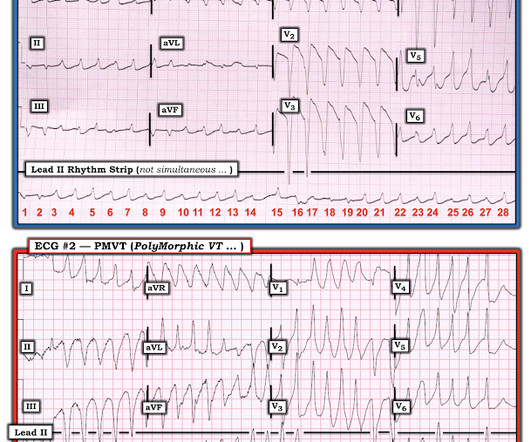

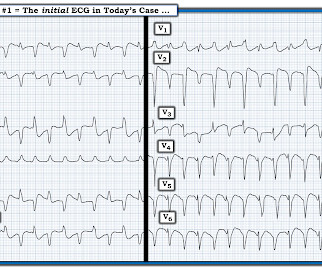

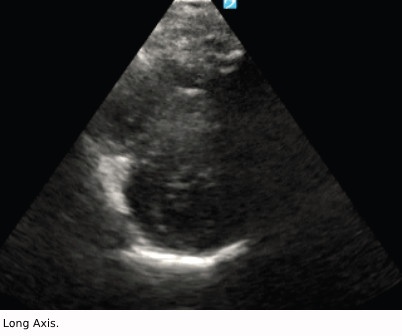




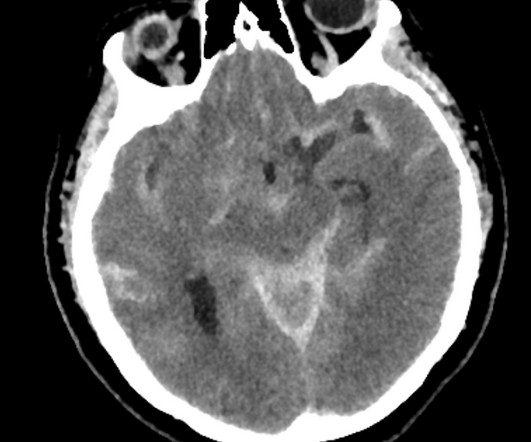
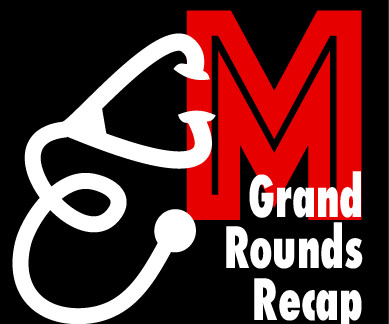






Let's personalize your content